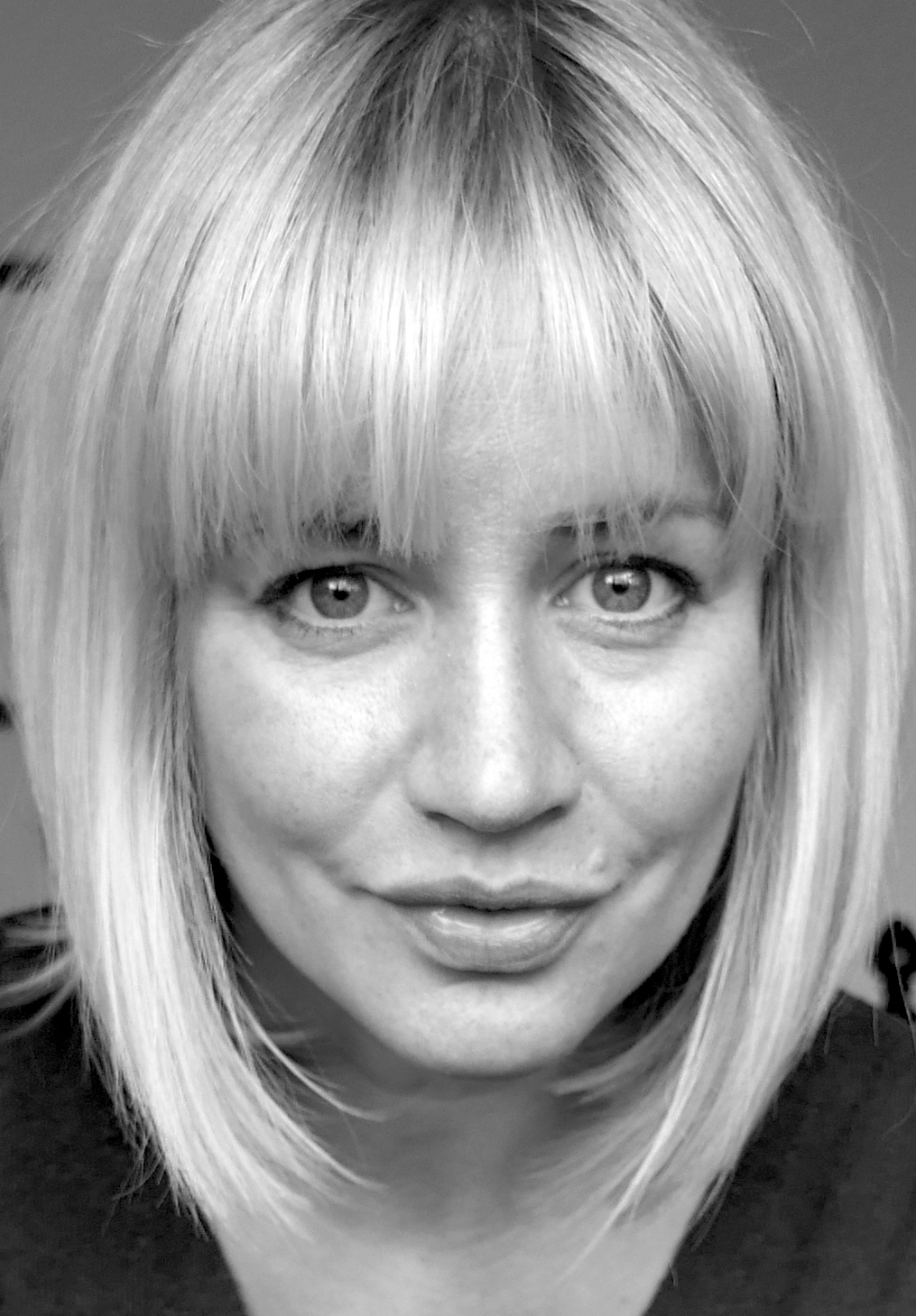Watch any children at play and you’ll see a quick succession of imitation - from eating mud, to throwing stones.
While on the surface this form of behaviour may appear basic and something we only do when we’re little, without it we would struggle to survive either as individuals or as a race. Think about it – can you remember how you learnt to tie your shoelaces, to swim or to ride a bike? Do you know where your value system came from? Can you recall who taught you how to do the job you do today?
You may be able to pinpoint some situations in which you’ve learnt specific skills or people who’ve taught things to you but generally it’s dependent on the subtle, ongoing observations and imitations that we are constantly making in response to others.
Read more in neuroscience and the brain:
- Music: How it affects your brain, changes your mood and helps you focus
- The mystery of language: how children learn to speak their mother tongue
- Telling stories: why your elderly relatives are the best storytellers
This is a form of role-modelling and is often the only way we learn the nuances and complexity of human behaviour and emotion. In the same way we need to watch someone serve in tennis – it’s nearly impossible to do it correctly without having seen it rather than just following instructions – people have to see the social and emotional aspects of learning role-modelled in order to understand and adopt them.
And it’s these little imitations that add up to habits and lasting behaviours that become part of who we are, altering our characteristics, beliefs and nudging our values without us even realising. You, me, all of us are often completely unaware of the strongest influence in our life – the behaviour of those around us.
In fact, it is the power of mirroring that has enabled humanity to evolve to where it is today. The neocortex, the part of our brain that makes us most uniquely human, comes least ‘pre-programmed’ when we are born. Particularly in the early years of our lives, it fills rapidly with ‘information’ specific to our society and culture, allowing us to navigate our social world and ‘fit in’ with the customs and beliefs of the people around us.

It makes sense that in the time of our ancient ancestors knowledge transfer only happened via social mechanisms, passing understanding on from generation to generation through watching, doing and storytelling. Before humans could write things down in order to share knowledge, social transfer was the only means of progression. Without this we simply would not be where we are today. We wouldn’t have an iPhone or running water, antibiotics for an infection or aeroplanes to travel the world. This has all been built up from collective learning over thousands of years, which began at the most basic level.
Monkey see, monkey do
Our understanding of the aspects in the brain relating to mirroring is still very much in its infancy, but has developed considerably since the initial findings, which were stumbled upon by chance. It was 1992 and the Italian neurophysiologist Giacomo Rizzolatti and his team at Parma University were trying to understand how the brain coordinates the muscles in the hand, i.e. what enables a hand to grab and hold things.
Using electrodes inserted into the brains of macaque monkeys they were able to monitor the very smallest unit of the brain – the neuron. They were specifically interested in when these neurons ‘fired’ to pass on information to other parts of the brain and body.
One day the team were eating lunch in the same room as the monkeys and noticed that the neurons fired when the monkey wasn’t even performing an action. The monkey was watching one of the scientists bring food to his mouth and the same neuron that was involved in the monkey bringing food to its own mouth was activated. The scientists quickly realised that this really was a case of ‘monkey see, monkey do’.
Read the latest brain discoveries:
- Skin-to-skin contact with a parent may reduce newborn babies’ brain response to pain
- Playing board games can support 'sharper thinking and memory skills' in later life
- Electrical brain stimulation may help dyslexic people to read
Rizzolatti published their findings, naming the cells the ‘mirror neurons’, but it wasn’t until the year 2000 when neuroscientist Vilayanur Ramachandran began to publicise the findings that the mirror neuron became something of great interest.
Ramachadran was so taken with this functioning that he claimed "mirror neurons would do for psychology what DNA did for biology; they will provide a unifying framework and help explain a host of mental abilities that have hitherto remained mysterious and inaccessible to experiments."
Controversy and criticisms
As is often the case with anything that reaches notoriety, the criticism soon came. Other neuroscientists claimed that these specific neurons couldn’t explain all of the intricacy involved in human learning. That in humans the system of neurons is far more dispersed and complex than in the macaque monkey.
However as research has accumulated it does begin to point to mirror neurons being present across a range of different areas in the human brain. For example, a review of the literature written by Professor James Kilner, University College London accumulates evidence of mirror neurons not just in the motor system seen in the monkeys but also ventral and dorsal premotor cortices and in different regions of the parietal cortex. And in May 2020, Dr Caroline Catmur, Kings College London wrote a paper discussing the significant progress in resolving the questions debated regarding the mirror neuron.
Neuroscience is still in its infancy compared with other sciences – it may be that imitation is not purely the function of the mirror neuron – we don’t yet know for certain, nor can we be 100 per cent confident, which functions of the brain it relates to.
It’s still very rare to be able to measure human brain activity at the level of the single neuron. What we do know, however, is that imitation is critical to social and emotional learning whatever area of the brain we assign it to.
Exciting advances in our understanding
Neuroscientists who support claims of the mirror neuron have discovered that the internal processes of imagination, empathy, storytelling and reflection may also be dependent on the 'mirror system' – a collection of mirror neurons.
For example, when someone tells a story, it’s believed that the mirror neurons in the brain of the storyteller and the listener synchronise. This makes the mirror neuron a hugely powerful tool in a range of contexts, from teaching children through to communicating as a leader.
Our ability to reflect and make sense of the world involves us internally modelling scenarios. A sports professional is able to visualise their technique, improving performance.
But, perhaps most powerfully, scientists such as Cecilia Heyes at the University of Oxford and Marco Iacoboni at UCLA are among those who believe that the mirror neuron plays a role in empathy. In other words, we are able to feel what others feel, to mirror the emotions and pain of others in our own brain via the Mirror System.
Taking control and leveraging our knowledge
So, what does this mean in an everyday setting?
When we are not consciously aware of how things are impacting us it can have all sorts of negative impacts. For example, unconscious imitation within the context of other complex social influences can encourage young people to join gangs, be violent, to acquire eating disorders or even to commit suicide.
At a more everyday, yet still significant, level we are hugely influenced by those closest to us in ways that we’re often unaware. For example, in 2007 a study published in the New England Journal of Medicine observing more than 12,000 participants for 30 years found that people are more likely to gain weight if those they interact with gain weight. The chances of gaining that weight increased by an astounding 171 per cent if a close friend had done so.
We almost absorb the behaviour of those around us, and we point our attention – particularly those we’re close to – by osmosis. And this isn’t just true of gaining weight; it covers almost everything we do.
Read more about social influence:
- Survival of the friendliest: Why kindness, not aggression, helped humans thrive
- Peaceful protests: Are non-violent demonstrations an effective way to achieve change?
- Group dynamics: Why this vital field of study is fading into oblivion
If we can be more conscious of this, then we’re able to judge it rationally and make a decision on whether we take on behaviours and attitudes or not. Even better, if we can understand how this brain functionality impacts us, if we are more aware of how our daily interactions influence and affect the workings of our brain, then we can deepen our understanding of what we can take from it and how we can use it. And if we make the effort to direct our own and our children’s attention toward positive role-models it can make a massive difference to who we are and how we live our life.
If leveraged effectively this knowledge could also be used for hugely positive social change. There is evidence that role-modelling can have a positive impact across all sorts of societal issues: improving diversity and inclusion, campaigning to protect the climate, LGBTQ+ rights, Black Lives Matter and mental health. It can result in increasing involvement in sport, improving physical health, life outcomes, educational attainment and even employment opportunities.
It seems likely that the mirror neuron, one of the smallest units of the brain, plays a critical and perhaps dominant role in our individual lives, in our ability to model others both internally and externally and, therefore, in what it means to be human.
Mirror Thinking: How role models make us human by Fiona Murden is out now (£16.99, Bloomsbury Sigma).
- Buy now from Amazon UK, Foyles or Waterstones

